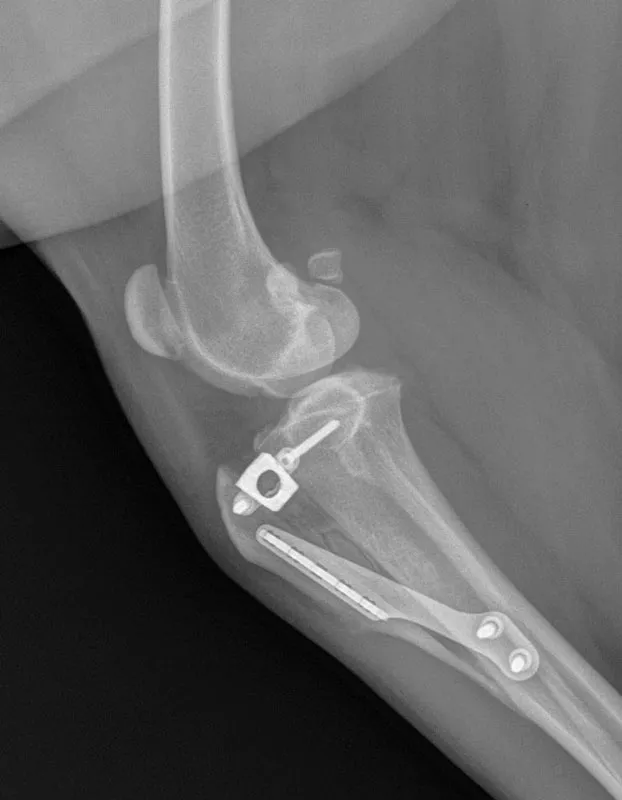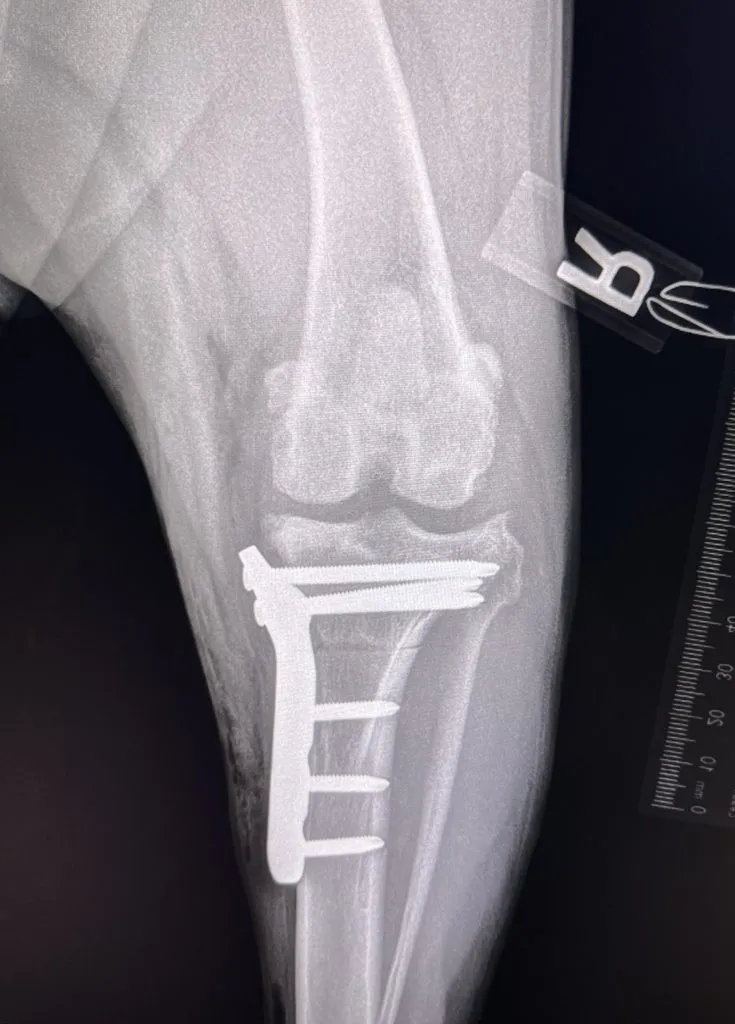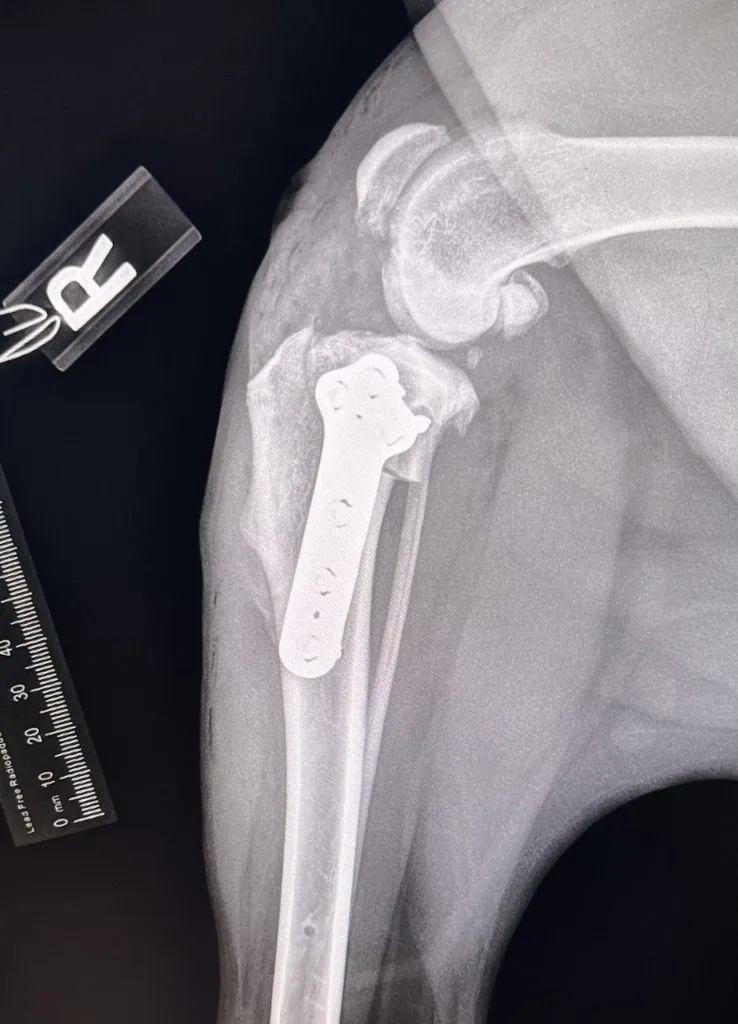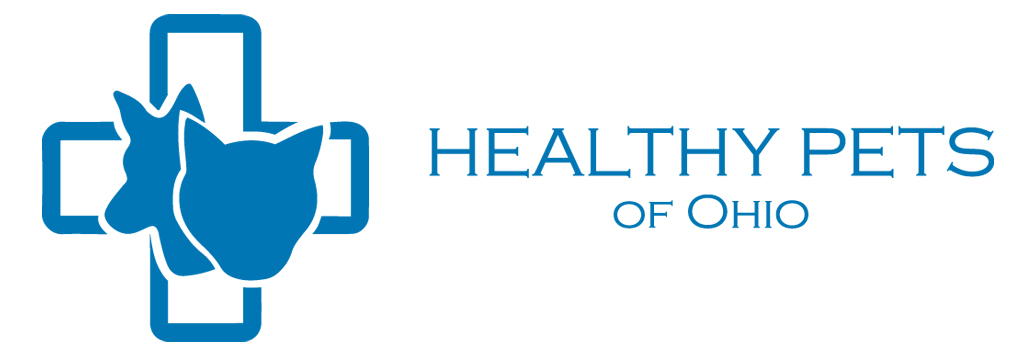
TTA (Tibial Tuberosity Advancement)
Rupture of the Cranial Cruciate Ligament is a very common problem for dogs and can affect all dogs no matter their age. This rupture can be caused by acute trauma or the degenerative process that leads to arthritis. The Cruciate Ligament provides the same function in dogs as it does in humans, it stabilizes the knee joint. If left untreated it can cause your dog serious pain or even lameness and can eventually cause issues with other joints in their body.
The problem can’t be addressed the same way it would be in humans because of a dog’s conformation. The repair of this ligament in dogs requires stabilizing the knee joint through surgery. There are a number of knee surgery options to address the problem but the newest and best option is TTA.
TTA or Tibial Tuberosity Advancement was developed at the University of Zurich in Switzerland and allows for a much quicker recovery than other surgical options available. Older techniques focused on replacing the ruptured ligament while TTA actually changes the geometry and angles of the knee joint. This allows the joint to function without the ligament making replacement of the ligament unnecessary. TTA uses titanium implants to correct the problem and once healed allows for unrestricted activity.
If you think your dog may be suffering from knee pain or issues with their Cruciate Ligament and may require knee surgery, contact us to see what your options are. We’re here to help.
TPLO (Tibial-Plateau-Leveling Osteotomy)
Healthy Pets is unique in our ability to assess the best knee surgery for your pet based on your pets individual needs, anatomy and lifestyle. On top of the Tibial Tuberosity Advancement, we also offer TPLO, or tibial-plateau-leveling osteotomy. This is a surgery performed on dogs to stabilize the stifle joint after ruptures of the cranial cruciate ligament.
This surgery changes the angle and relationship of the femur and the tibia. The overall intent of the surgery is to reduce the amount that the tibia shifts forward during a stride. This is accomplished by making a semicircular cut through the top of the tibia, rotating the top of the tibia, and using a bone plate to allow the tibia to heal. This realignment of the surfaces within the stifle (knee) helps to provide stability during a stride and helps to reduce future joint inflammation and arthritis. By carefully adjusting the angle or slope of the top of the tibia, surgeons are able to replicate a more normal configuration of the knee joint and reduce mechanical stress.
Ask your veterinarian what technique may work best for your pet!


